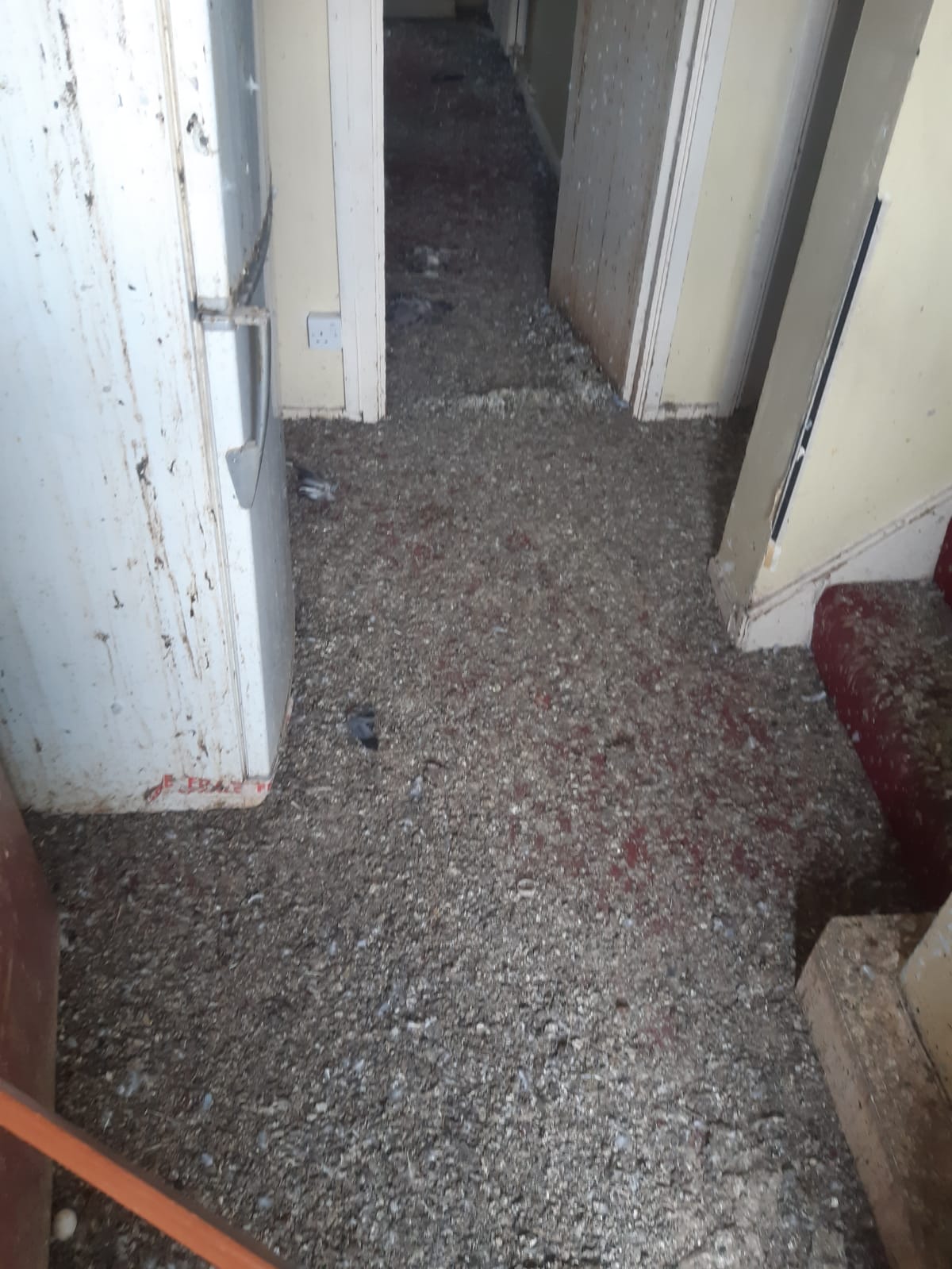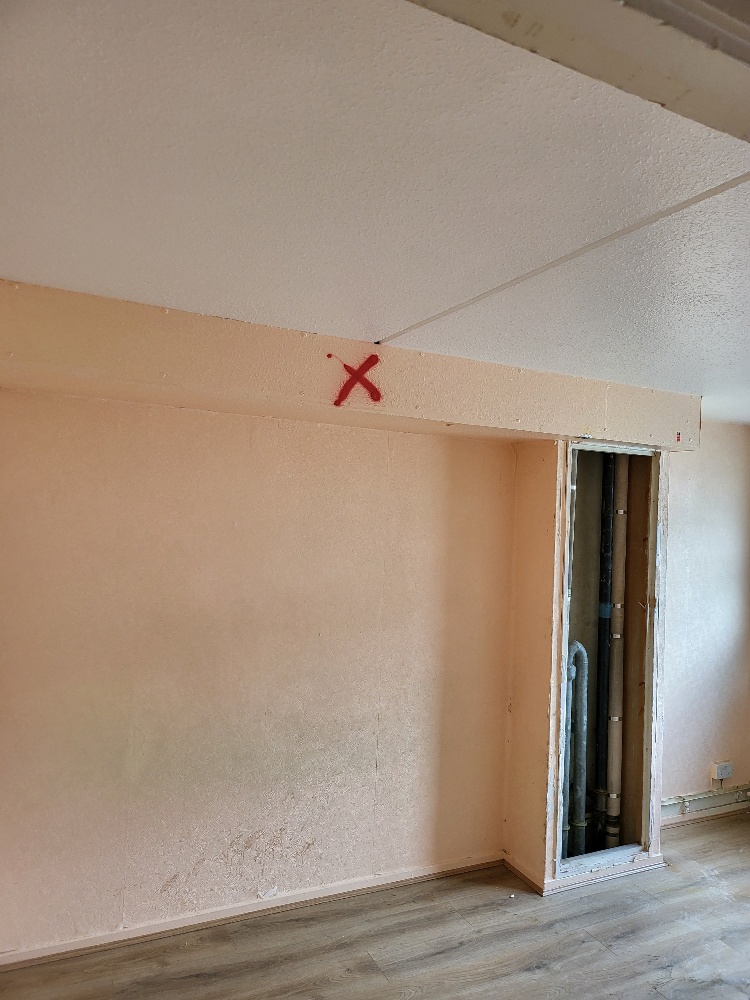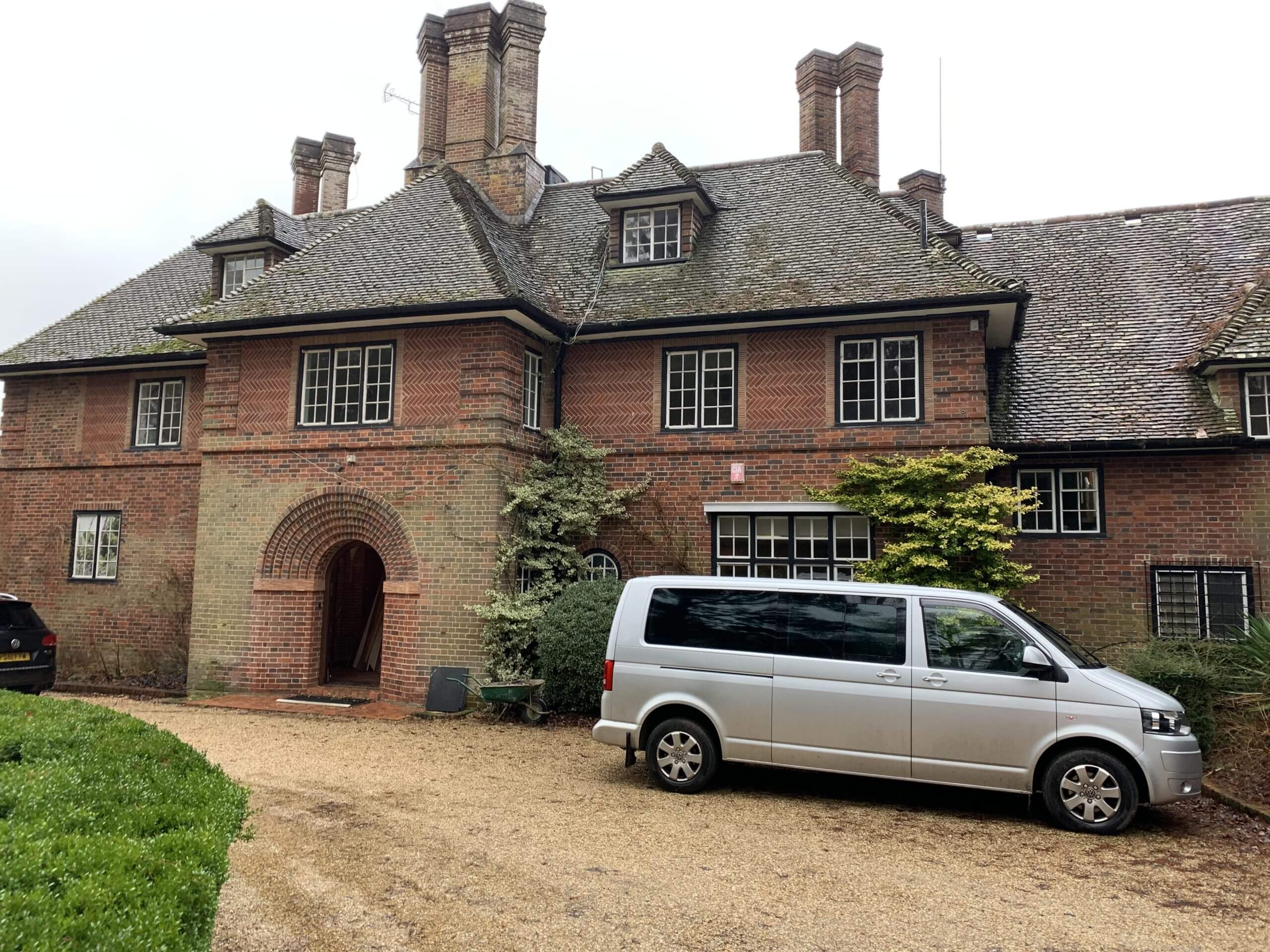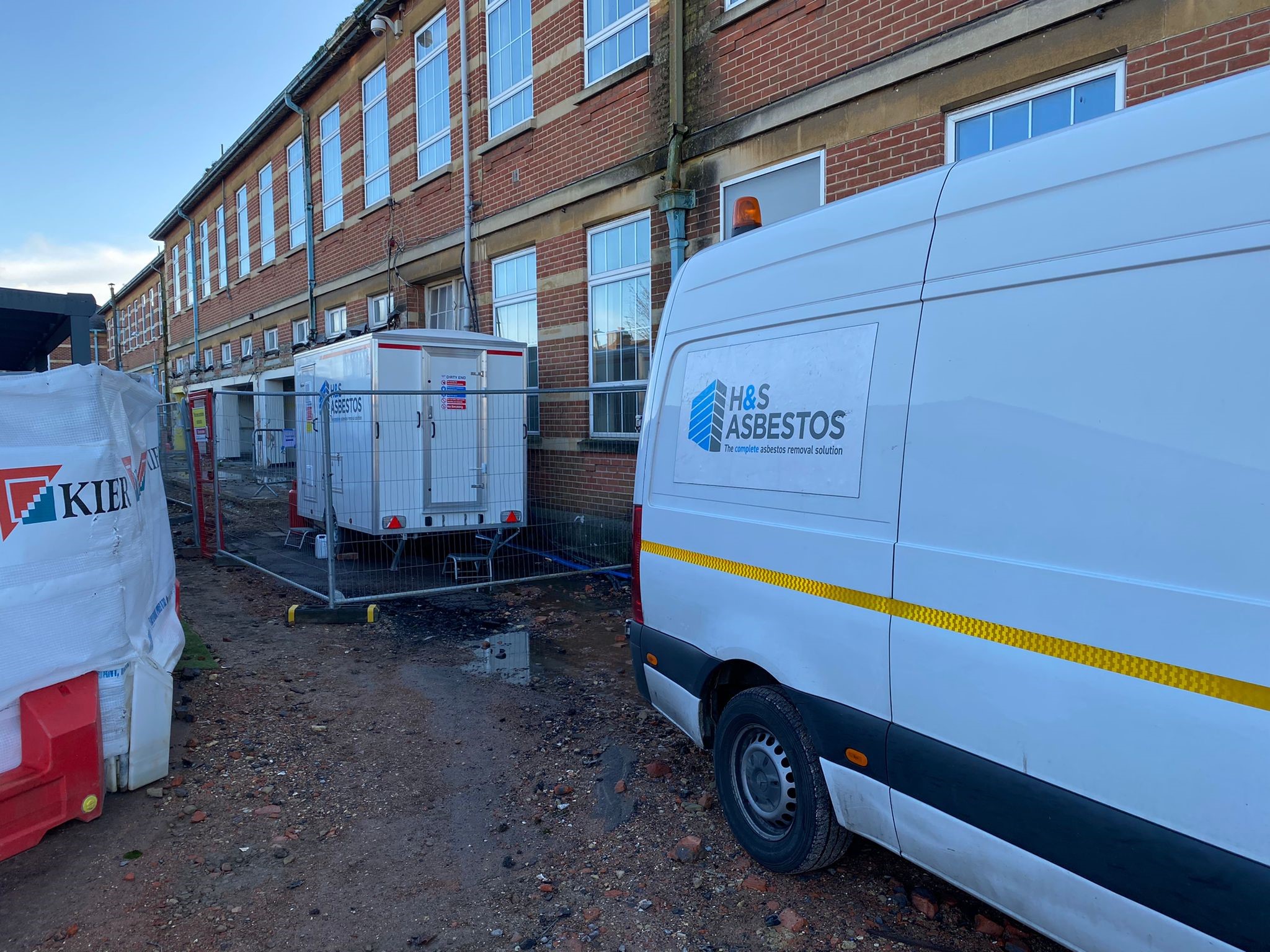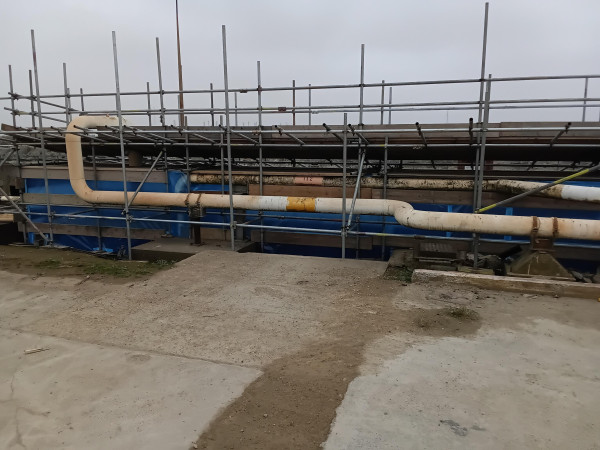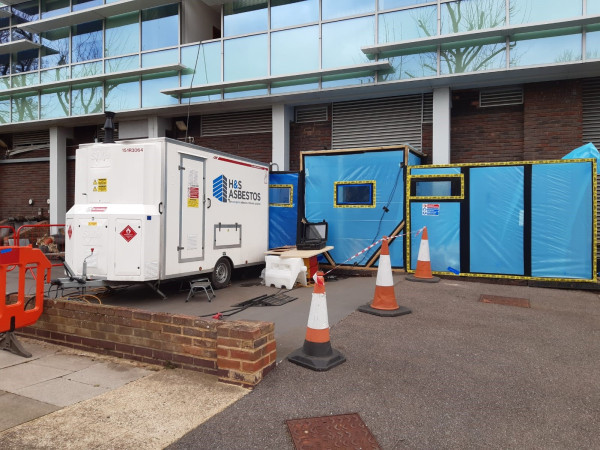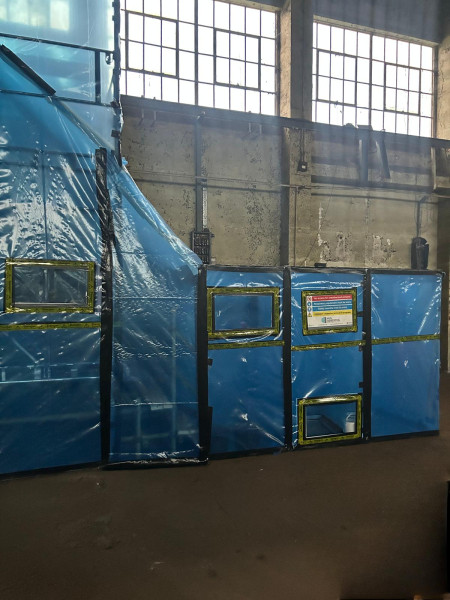Tangmere, Broadwater Farm Estate, Tottenham
We have recently completed the full environmental clean and asbestos removal of Tangmere on the Broadwater Farm estate in Tottenham, North London. Built in the 1960’s, Broadwater Farm sits on the river Moselle and is situated in a largely deprived area, forming a concrete maze amongst Victorian and Edwardian housing blocks with a large park to the west.
The building itself consisted of 7 storeys with 104 dwellings and we were employed by Haringey Council to carry out a deep clean of pigeon guano and flea infestations, along with a comprehensive asbestos removal, followed by full demolition and crushing of concrete materials to make way for the erection of new housing accommodation in that location.
Before we could start the works, comprehensive health and safety measures had to be put in place. These measures had to withstand increased scrutiny due to the project’s location within a residential area of London, so they were especially robust for public protection due to the sensitive and the extensive nature of the works. One of the measures consisted of holding a public meeting and involving the community, answering any of their concerns and ensuring all members of the public were perfectly aware of the health and safety measures put in place, like clearly visible signage to exclusion zones and authorised areas.
Throughout the programme, the HSE were notified of each set of works, for both licenced and non-licenced removal. This gave the team a set window of time to complete the works within, whilst the project management maintained the desired programme with the client.
As the accommodation block was vacant for some time, the property needed extensive pest control and cleaning to be executed, therefore access to the flats had been restricted to our authorised personnel who undertook thorough decontamination works wearing RPE and PPE before asbestos works could begin.
Ahead of the cleaning works, all bird droppings and signs of bird activity were treated with a suitable biocide. This broke down and destroyed all known pathogens in the toxic dusts. A COSHH assessment was provided with the use of this material. During this element we removed 24.7 tonnes of Pigeon Guano and associated contaminated materials.
We carried out the project within a strict schedule, following a method of working from the top floor to the ground floor. Commencing our works on license-based products first, we removed asbestos insulating board (AIB) forming boxing to beams and risers to approximately 35% of the flats. This was carried out under fully controlled conditions, which involved the construction of sealed enclosures subject to negative pressure, using industry specific HEPA filter air moving units. All material was wetted so far as practicable and unscrewed so as to course minimal breakage. Each enclosure was subject to stringent visual inspections and air testing by an Independent analytical laboratory upon completion of the removal operation.
This was then followed by the removal of textured coatings to ceilings and walls. This was again removed within enclosures, with the material being coated by a specialist gel to soften the coating prior to removal by hand scraping. Alongside this we also removed sealed insulation packed joint collars to pipes using a wrap and cut method.
The section of joints which had insulation packing was taped over with adhesive tape prior to having each section cut out with the use of a reciprocating saw paying close attention not to cut too close to the packing material. Shadow vacuuming was also carried out during this operation to ensure any possible loose fibres were captured at source. Each removed section of pipework/joints was placed within approved waste sacks which was sealed with adhesive tape. Then double bagged and removed directly to the on-site waste skip for disposal.
Enclosures were formed using the existing matrix of the building and sealed using 1000-gauge polythene, adhesive tape, spray adhesive and expanding foam as required. All porous surfaces and electrical items were covered and sealed in order to protect them from any potential contamination. Each enclosure had either a 2 or 3 stage air/bag locks erected and attached for access and egress from the work area by our personnel. Viewing panels and signs were fitted/installed within the enclosure and air/bag locks as specified. Barrier tape and signage was used to delineate the waste and transit routes.
Throughout the works we adhered to the agreed fibre release threshold, including personal monitoring and waste disposal, alongside achieving zero leaks from our enclosures through thorough testing. Across the site, our team also achieved zero accidents or incidents in line with the client’s targets. Tool box talks were also utilised to ensure the team we on top of all SHEQ requirements for the works.
Following the removal of all ACM’s, the work areas and all access equipment was thoroughly cleaned in accordance with SHEQ standards. On completion of the cleaning works the Site Supervisor inspected the work areas to ensure the works have been completed as planned and to a high standard. The client’s representative was then invited to inspect each work area in turn; upon satisfactory inspection they were asked to sign a statement of cleanliness and completion for the attention of the client and follow-on trades.
The aforementioned works were completed in 20 weeks, with a contract value of £600,000, ahead of our demolition division undertaking their complex dismantling and demolition project.

